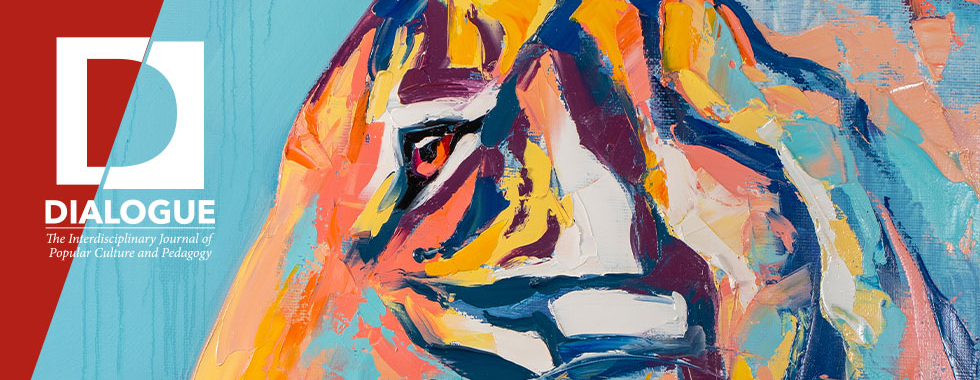Abstract
Ideally, in a teaching situation one can use parts of Nietzsche to help explain aspects of the Grateful Dead phenomenon(a) or use aspects of the Grateful Dead to help explain parts of Nietzsche; in either case, there is heuristic back and forth between the text and the phenomenon(a). Both Nietzsche and the Grateful Dead speak to the subjective experience of life affirmation, not as mere cognitive recognition, but rather as a physiological state of being. For both Nietzsche and the Grateful Dead, the Dionysian dimension of life comes to the forefront through the body, whether experiencing the unity of nature and others through the intoxications resulting from participating in the tragedies of Aeschylus and Sophocles or through dancing with the music of the Grateful Dead.
Recommended Citation
Spector, Stanley J.
(2022)
"Teaching the Grateful Dead with Nietzsche’s Birth of Tragedy,"
Dialogue: The Interdisciplinary Journal of Popular Culture and Pedagogy: Vol. 9:
Iss.
1, Article 7.
Available at:
https://digitalcommons.unl.edu/dialogue/vol9/iss1/7
Included in
American Popular Culture Commons, Community-Based Learning Commons, Critical and Cultural Studies Commons, Curriculum and Social Inquiry Commons, Educational Sociology Commons, Gender and Sexuality Commons, Music Commons, Philosophy Commons, Scholarship of Teaching and Learning Commons, Social Justice Commons
